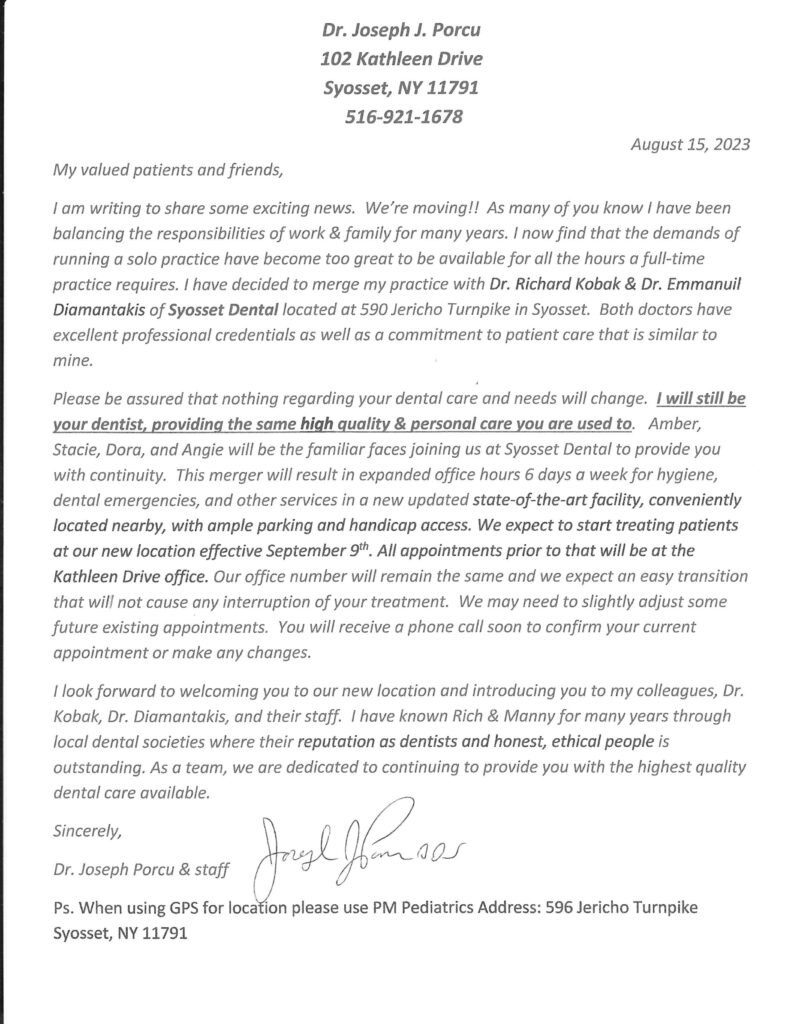 Tooth bonding is a procedure that is done to restore your smile. A resin material (that appears the same color as a tooth) is placed over your tooth and then hardened and bound to the tooth by a special light resulting in a beautiful smile! Tooth bonding can fix a multitude of cosmetic issues and can even restore decayed teeth. Prior to having your teeth bonded, you may want to whiten them because the resin material is matched to your tooth color and it does not change once it’s made.
Tooth bonding is a procedure that is done to restore your smile. A resin material (that appears the same color as a tooth) is placed over your tooth and then hardened and bound to the tooth by a special light resulting in a beautiful smile! Tooth bonding can fix a multitude of cosmetic issues and can even restore decayed teeth. Prior to having your teeth bonded, you may want to whiten them because the resin material is matched to your tooth color and it does not change once it’s made.
When Do You Need Tooth Bonding?
Tooth bonding works to correct many common dental issues; gaps between teeth, shape of teeth, discoloration, to make teeth appear longer, and the list could go on! The composite resin material will be made to match the color of your teeth, to look as natural as possible.
Tooth bonding can also be used to protect the root of your tooth if your gums are receding. Once your root is exposed, you can experience extreme pain in your tooth. You also risk infection or losing your tooth if you leave your root exposed – bonding your tooth over it can protect your tooth from pain and infection.
What Can You Expect?
Bonding is a cost-effective option to restore your smile (versus crowns or veneers). The procedure is fairly simple and does not require any anesthesia unless you are applying the bonding to a decayed tooth or cavity.
Your dentist will prepare the surface of your tooth before the procedure is done to ensure that the resin will bond with your tooth correctly. All your dentist has to do is roughen the surface a little bit, no enamel is removed. After the resin is applied (like liquid over your tooth), a special light is applied to the tooth to harden it. Once it’s hardened, your dentist will finish shaping it to match your teeth.
To ensure a long lifetime for your bonding, avoid biting your fingernails or chewing on hard objects as this could chip the bonding. Typically, if you take good care of your teeth, tooth bonding can last up to ten years.











